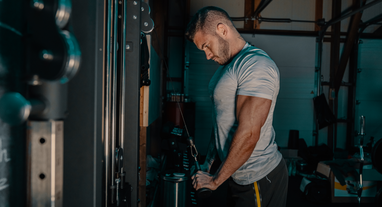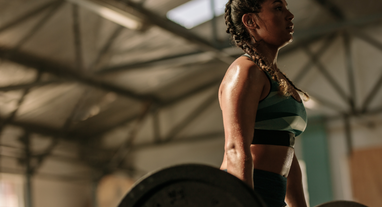3 tips for the perfect training schedule

Your diet is on point, the cupboard is full of supplements and there is no lack of motivation. But how do I put the finishing touches in the gym? In the blog below, we highlight a number of tips and tricks so that you can exercise injury-free and achieve maximum results.
1. Take enough rest
Without rest your muscles will not recover and without muscle recovery you will not build muscle mass. In addition, rest ensures that your joints, tendons and muscles are not overloaded. Overloading results in injuries. In short: rest = progression and injury prevention. On average, a muscle group needs 24 to 48 hours to fully recover. That is why we advise you to put together your schedule in such a way that the same muscle group is not trained two days in a row.
- Do not train shoulders and chest (and vice versa) shortly after each other
- Do not train chest and triceps (and vice versa) shortly after each other
- Do not train back and biceps (and vice versa) shortly after each other
If you notice that your body needs extra rest, for example because you have persistent muscle pain or are tired, take extra rest. Exercising while your body needs rest will have no added value and can even lead to muscle breakdown, because the muscles do not have time to recover.
2. Don't forget the warm-up
The purpose of a warm-up is to prepare the body both physically and mentally for the work that is to come. So don't exhaust yourself during the warm-up. Seven to ten minutes on the cross trainer with a heart rate of about 90 beats per minute is enough to warm up the body. You can also warm up the body during an exercise by means of a number of light sets and emphasize warming up the relevant muscle group. We recommend using both methods to avoid injuries.
3. Train progressively and focus on muscle contraction
Progressive training involves starting an exercise relatively lightly and decreasing the number of repetitions and increasing the weight during the sets. When you focus on contracting the muscles during the set, you provide the muscle stimulus, which is necessary for building muscle mass. Don't count every rep, make every rep count.




